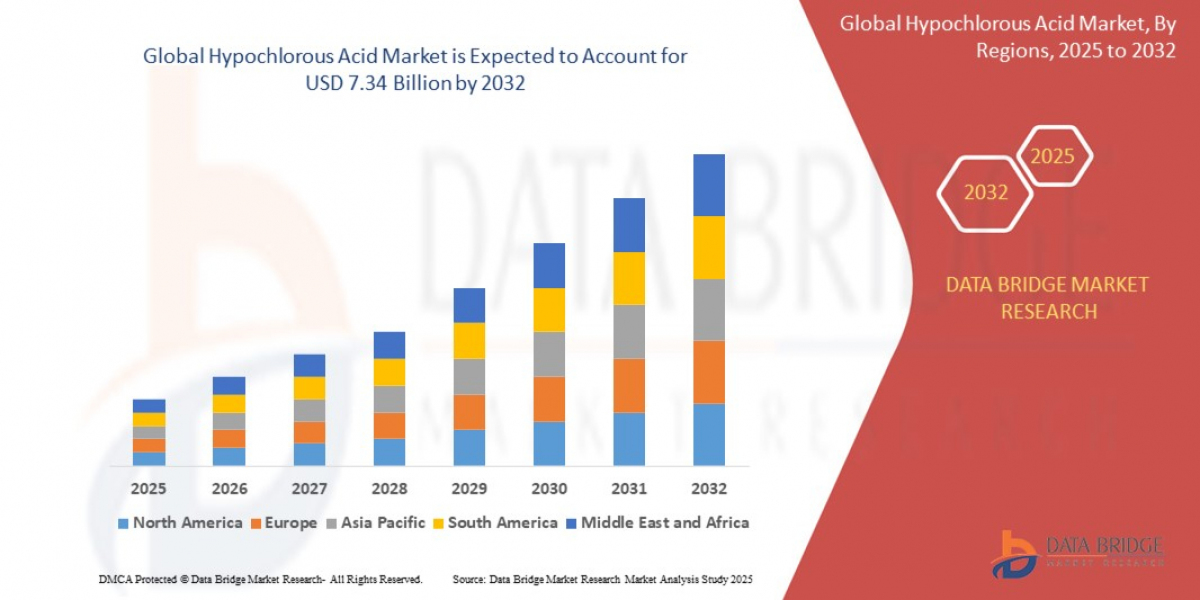US Hydrogen Fueling Station Market Growth - Growth supported by zero-emission vehicle targets and refueling network expansion.
The US hydrogen fueling station market is experiencing strong growth, driven by a combination of government support, technological advancements, and the expanding adoption of hydrogen-powered vehicles. While the market is still in its nascent stages, its trajectory is upward, with a clear focus on building out a foundational infrastructure.
Key Drivers of Market Growth
Government Policies and Funding: This is the most significant driver. Federal legislation like the Bipartisan Infrastructure Law and the Inflation Reduction Act provides billions of dollars in funding, tax credits, and grants for clean hydrogen production and infrastructure development. States, particularly California, are at the forefront of this trend with their own mandates and incentives that have spurred the deployment of the majority of the nation's hydrogen fueling stations.
Decarbonization Goals: The increasing global and national emphasis on reducing greenhouse gas emissions is pushing for a transition away from fossil fuels. Hydrogen is seen as a key solution for decarbonizing the transportation sector, especially for heavy-duty and commercial vehicles where battery electric vehicles may not be as practical due to weight and range limitations.
Technological Advancements: Innovation is making hydrogen fueling more viable. The cost of hydrogen production is decreasing, and advancements in components like compressors and dispensers are improving the efficiency and reliability of fueling stations. Modular and scalable station designs are also helping to reduce the initial capital expenditure, making it easier to deploy stations in new areas.
Rising Demand for Fuel Cell Electric Vehicles (FCEVs): The market for FCEVs, including passenger cars and heavy-duty trucks, is growing, which in turn creates a direct need for a robust fueling infrastructure. Automakers are investing heavily in FCEV technology, and as more of these vehicles become available, the business case for building fueling stations becomes stronger.
Key Trends Shaping the Market
Focus on Heavy-Duty Transportation: While the initial focus was on passenger cars, the market is now heavily oriented toward the commercial and heavy-duty vehicle segments. Hydrogen offers significant advantages for long-haul trucking, buses, and fleet vehicles due to its faster refueling times and longer range. The development of dedicated hydrogen corridors is a major trend to support these vehicles.
Shift to High-Pressure and Large-Scale Stations: As the market matures and the demand from heavy-duty vehicles increases, there is a clear trend toward larger, high-pressure (700 bar) stations. These stations can dispense a greater volume of hydrogen, offering a higher energy content for a longer vehicle range.
Public-Private Partnerships: Due to the high cost of infrastructure development, collaboration between public and private entities is crucial. Automotive manufacturers, energy companies, and government agencies are forming strategic partnerships to share risks and accelerate the expansion of the fueling network.
Integration with Renewable Energy: There is a growing trend toward using "green hydrogen," which is produced from renewable energy sources like solar and wind power. This not only makes the fuel cleaner but also helps in balancing the electrical grid by using excess renewable energy for hydrogen production.














